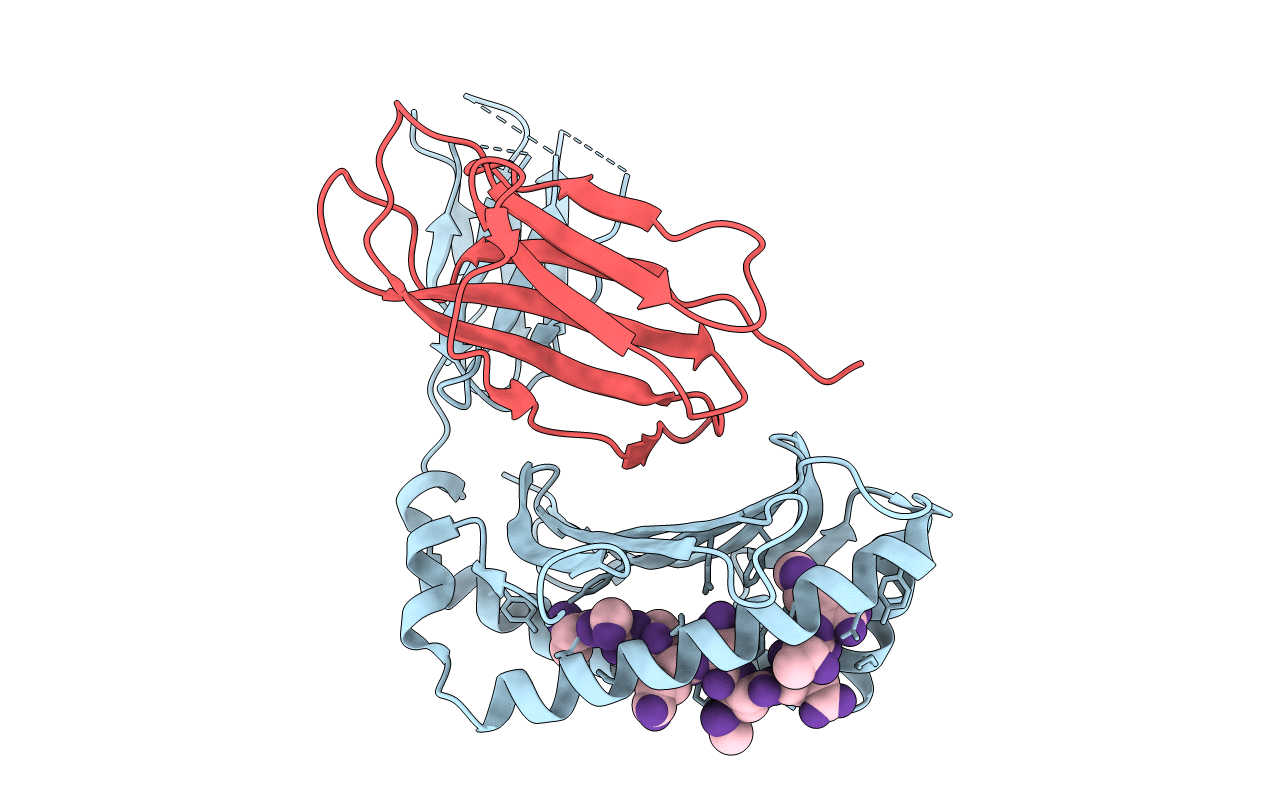
Deposition Date
2009-01-12
Release Date
2009-12-29
Last Version Date
2024-10-30
Entry Detail
PDB ID:
3FTG
Keywords:
Title:
Crystal Structure of H2Db in complex with NP366-N3A variant peptide from influenza
Biological Source:
Source Organism:
Mus musculus (Taxon ID: 10090)
Host Organism:
Method Details:
Experimental Method:
Resolution:
2.60 Å
R-Value Free:
0.30
R-Value Work:
0.22
R-Value Observed:
0.22
Space Group:
I 2 2 2


